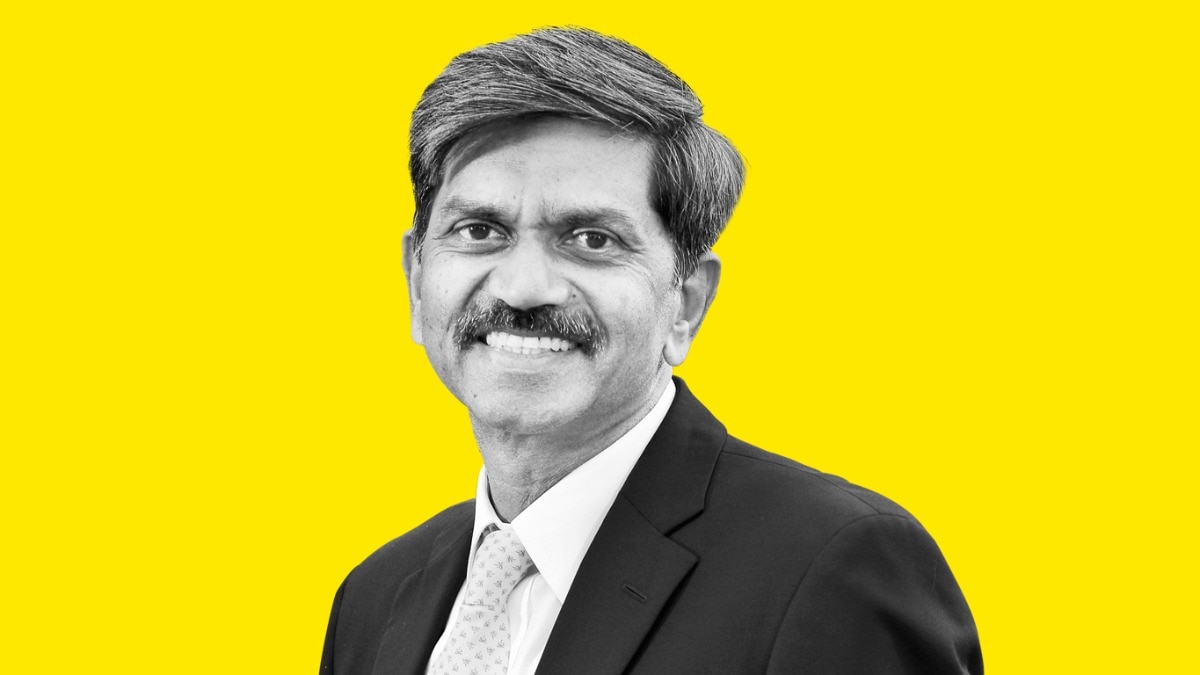

Today, india is a consumption economy and a consumer society, and this will accelerate during this decade as the country’s economy grows and more segments of the population acquire greater purchasing power.
Hence, in this context, it is crucial to understand the history of consumerism in India.
Consumerism is rooted in Keynesian thought, based on the logic that consumer spending is a key driver of the economy. Today, more than 60% of India’s GDP is driven by consumption—similar to the US.
Consumerism represents the democratisation of consumer wants and desires, leading to social status. The first surge in consumerism occurred in the US after World War II. Between 1945 and 1949, Americans purchased 20 million refrigerators, 21.4 million cars, and 5.5 million stoves. The emergence of the US as a consumer society led economists and policymakers to appreciate the value of purchasing power as a driver of the capitalist economy.
What drove consumerism in the US? It was the development of retail, mail-order shopping, large department stores, and a rise in incomes due to more women entering the workforce. In 1945, 35% of American women were in the workforce. The growth of media channels and advertising in the 1950s and 1960s further highlighted the power of consumerism-driven advertising. P&G’s sponsorship of TV shows even led to the creation of ‘soap operas’.
Does Indian consumerism have its own flavour? Yes, due to India’s unique realities. For instance, while distribution builds access universally, the way it functions in India is context-specific.

Many categories were built in India through distribution. India has 15 million retail outlets, of which 11 million are FMCG ones. Tea was consumed across India through Hot Tea Shops because, in the 1950s, 12,000 salesmen from Brooke Bond and Lipton made tea available in every village. The story of sachets also began with tea when it introduced paper sachets for 3 paise in 1955.
Today, distribution extends beyond physical means. Quick commerce, social commerce, BNPL (buy now, pay later), personal loans, and enhanced retail experiences are driving Indian consumerism.
During the 1991-95 period of liberalisation, marketers debated whether Indians would embrace consumption, given our Gandhian philosophy of simple living and high thinking. We wrongly assumed that frugality, self-control, and self-denial were ingrained in the Indian DNA. It has taken just 33 years since the 1991 reforms to answer that question. The growth in incomes, expansion of choice in every category, and easy purchase options have enabled this shift.
India’s lack of high wages is compensated by smart, easy purchase business models.
The easy purchase option was pioneered by Viveks department store in T. Nagar, Chennai. Viveks offered a chit fund scheme where you could buy a bicycle, cooker, or fan through easy monthly chit funds. Families loved this model.
Today, 63% of Indians want a loan immediately. Debt repayment now constitutes 10% of household income, making it the third-largest expense after food and utilities. Indian consumerism demands a guarantee. Indians still carry the hangover of shoddy products, faulty service, and lack of manufacturer responsibility. This is why the dominance of trust logos, company symbols, or family names attached to products and services is prevalent. A trusted brand name is a big guarantee and drives the second-hand/pre-owned market for durables.
Indians aspire to get rich quickly. The number of retail investors in the stock market has jumped from 36 million in 2020 to 160 million in June 2024. Money generated from stock market investments is often directed towards travel, durables, housing, and other status symbols. Surplus generated from stock market gains funds lifestyle aspirations.
How do marketers respond? Varianting and innovation keep consumers both dissatisfied and desirous. We see this in mobiles, cars, food, and nearly every sector. Indian businesses have grasped the importance of innovation in a consumer economy and society.
Consumer activism and stronger regulation will become increasingly significant in the coming decade. Indians have realised their power as consumers, and social media enables activism at scale. Marketers must be mindful of the perils of excessive consumption and establish clear boundaries for self-regulation.
Indian advertising is celebrity-driven. Recent proposed regulations will hold celebrities accountable if a brand fails to deliver.
The accelerating growth of consumerist ideology and the consumption economy will bring sustainability challenges. Addressing these challenges is not easy in a country like India, dominated as it is by plastic packaging. The same holds true for digital and electronic waste. Industry consortiums are needed, therefore, to find holistic solutions. In other words, co-operation, rather than competition, will be essential to finding a healthy balance between sustainability and consumerism.
In a fully developed consumer society, people identify themselves through the brands they use, and this is increasingly visible in India. The badge value of brands has shifted today from ‘imported’ names to ‘Indian’ brands.
The author is former Chairman, PepsiCo South Asia and ex-CEO, Nokia-Emerging Markets. Views are personal